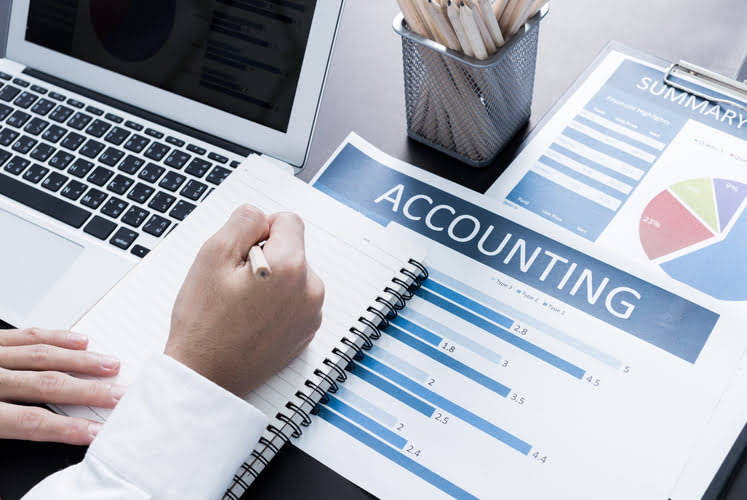Restaurant Accounting: A Step by Step Guide

Keeping a watchful eye on the restaurant bookkeeping process is especially important for restaurants because of their slim profit margins. Use this step-by-step guide to restaurant accounting to make your bookkeeping tasks simple and accurate. POS systems connect every point of your business – from inventory to sales – and can integrate with accounting packages like MYOB and Xero. This means you can easily pull reports for specific periods (day, week, month, year etc.) on your COGS, sales, stock on hand, accounts payable, labor costs… the list goes on. The first step is to record and keep track of your restaurant’s financial transactions, including expenses, sales, and payments.
Maintaining accurate bookkeeping for cafes and restaurants is essential to ensure financial management and overall success. It involves recording income and expenses diligently while maintaining a clear separation between personal and business finances through a dedicated bank account. Categorizing transactions, monitoring cash flow, and effectively managing inventory helps control costs efficiently.
Cash flow statement
We offer our toolkit of financial intelligence that will be your greatest asset for business growth. Unless you’re lucky enough to own space and your own equipment outright, you’ll need to pay for your infrastructure. Utilities, cooking and cooling equipment, insurance and signage are common expenses, but you’ll also need to consider restaurant bookkeeping maintenance costs. Remember, servicing your commercial ovens and refrigerators will probably cost more than what you pay for your Frigidaire at home. Any account that gets a statement with a beginning and ending balance can be reconciled. Account reconciliation ensures that you are looking at accurate financial reports.
If you incorrectly file your payroll taxes or file them late, the penalties and interest you will be assessed can be quite large. You can upload your invoices to these services and they will code them by item to your various COGS and expense accounts. Additionally, they allow you to approve invoices that you want to be paid. These services allow you to automate your accounts payable and get a more accurate COGS figure.
useful restaurant accounting and bookkeeping reports
From daily sales reporting to tracking expenses, managing payroll, and analyzing financial statements, we will cover all the essential elements you need to know to keep your restaurant’s finances in order. Point of sale systems are computerized systems that record orders and process payment transactions. These systems are ideal for cash management, processing receipts, running sales reports, and tracking inventory, methods of payment, and labor costs.
- Restaurant Accounting is 100% focused on helping restaurants and hospitality businesses, and one of our key services is accurate and affordable bookkeeping for restaurants.
- The process of logging, compiling, and maintaining financial transactions for a business is known as bookkeeping.
- The chart of accounts helps organize your financial transactions in categories that will give clear insight of your restaurant’s financial health.
- While there are scores of different bookkeeping templates available for restaurant owners, there are four essential templates every restaurant should have to ensure they’re always on top of their finances.
Adhering to tax and accounting regulations is essential for maintaining the financial integrity of your restaurant. By satisfying these obligations, you can avoid costly penalties, maintain trust with stakeholders, and focus on the growth and success of your business. Make sure you have a point-of-sale system that easily integrates with that software. Accounts payable is the amount you owe vendors, etc., for the products or services they provide. Restaurant owners need to keep track of when a bill is received, when it’s due, and that it actually gets paid in a timely manner. Paying your bills on time will ensure that you are avoiding any possible late fees, which is just an additional and unnecessary expense for your restaurant.
When to hire an accountant for your restaurant
The key to quickly calculating your prime cost in QuickBooks is having your chart of accounts set up properly. You need a parent account for both Costs of Goods sold as well as Payroll costs. Then you want subaccounts under each of those with the level of detail you desire. You need to analyze how funds are hitting your bank and set up your restaurant bookkeeping system to mirror that activity.

Complete and accurate daily summaries supporting better decision-making. You can also find specialised hospitality POS systems with features designed to streamline restaurant operations. You can stuff your receipts into one of our Magic Envelopes (prepaid postage within the US).
